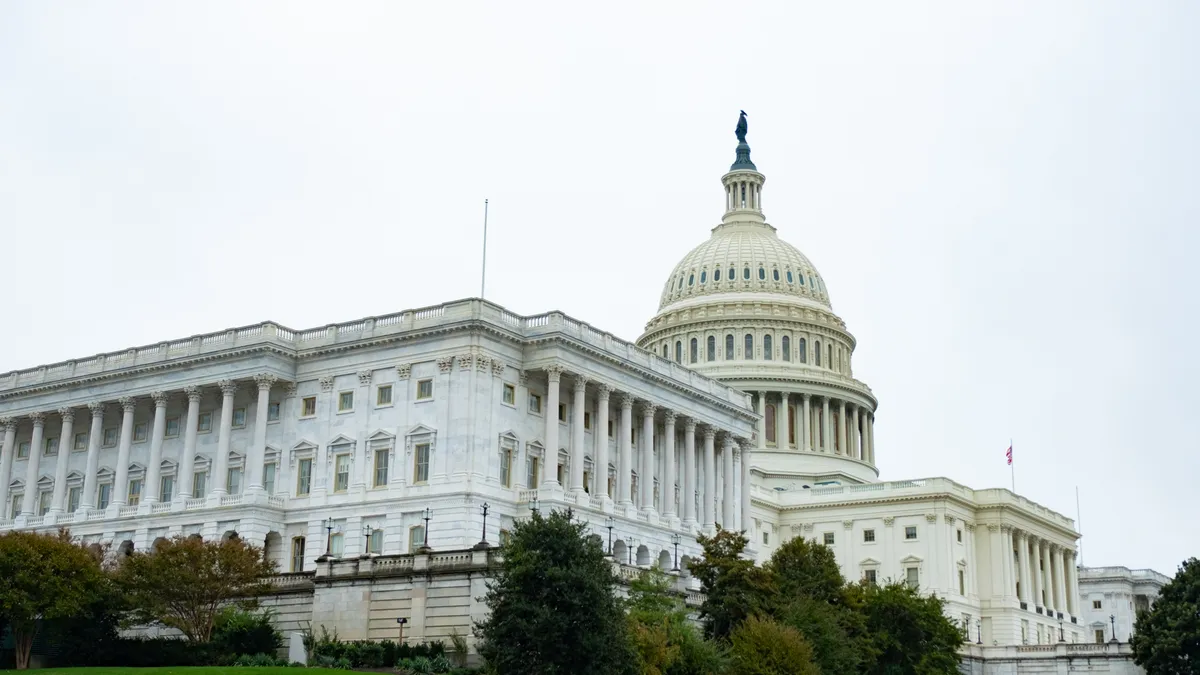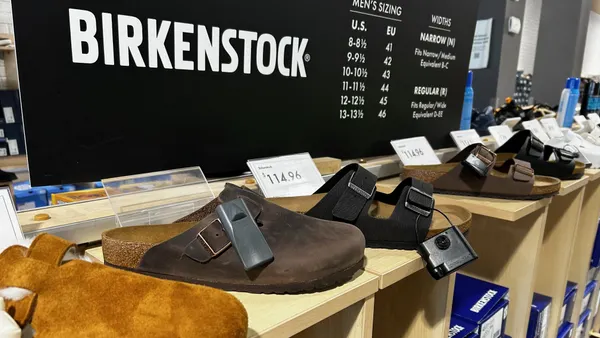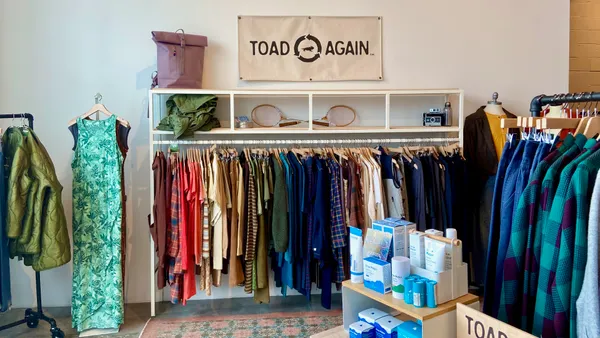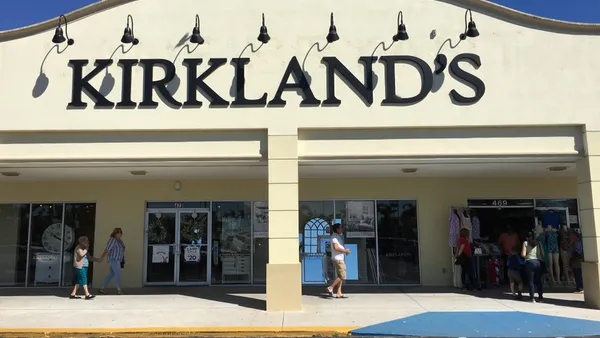Dive Brief:
-
With the end of its term looming and after weeks of Senate inaction, the U.S. Congress on Sunday said both houses had agreed to the terms of a second pandemic relief bill totaling some $900 billion.
-
Among other provisions, the bill would authorize direct payments of up to $600 per adult and child; $300 more in weekly unemployment assistance; $13 billion in added food and child nutrition benefits; more than $284 billion for forgivable paycheck protection loans for businesses; and $4 billion to provide vaccines in poor countries, according to a summary of the bill from House Speaker Nancy Pelosi (D-CA).
-
In an emailed statement Monday, the Retail Industry Leaders Association hailed the package as "an important first step." The National Retail Federation declined to comment until after the final vote, which was expected Monday.
Dive Insight:
When the U.S. Senate left for Thanksgiving without taking up the further pandemic support passed by the House in May, hopes that anything would get done before the end of the Congressional term were considerably dimmed.
But pressure has been mounting as the stimulus effect of the first round — a $3 trillion package that included $1,200 in direct payments per person — has steadily waned. Earlier this month, the U.S. Labor Department counted nearly 10 million jobs lost since February, and several economists noted how much that was undermining retail sales. Analysts at GlobalData found evidence that income and job loss in the U.S. were triggering bargain hunting in the third quarter, just when many retailers were attempting to get a jump on the holiday season.
The bill under consideration on Monday isn't even a third of what the U.S. pulled together in the spring, which Federal Reserve Chairman Jerome Powell in an October speech called "by far the largest and most innovative fiscal response to an economic crisis since the Great Depression." But it's twice what UBS economists had previously anticipated, which bodes well for the first quarter and beyond, they said in a recent report on the U.S. economy. Still, recovery depends a lot on the virus itself and the success of the vaccines that are being distributed now.
"By the end of Q2, we expect reported cases to be close to zero," UBS economists led by Seth Carpenter said in the Dec. 18 note. "If that forecast is borne out, consumer spending—especially spending on services—should surge in Q2. Indeed, we expect the pickup to begin as early as March. But the path of the economy between now and then is very rocky."
UBS's second quarter outlook on the virus may be overly optimistic, considering the many unknowns about the timing and distribution of vaccines. Health care workers and older people are being prioritized now, and the NRF in a letter to the CDC urged public health officials to include retail workers among those to be vaccinated early.
It's not clear when vaccines will be widely available to the public, but more than half of U.S. consumers say they won't get one once they are, according to research from Fluent. Matt Conlin, co-founder and president of the marketing company, said that retailers should avoid thinking that consumers will be over the pandemic any time soon.
"With less than half of Americans ... currently planning to get vaccinated, retail marketers should instead focus on enduring values like safety and convenience that will remain a top priority for consumers and continue to shape the shopping journey even after the vaccine is distributed," Conlin said in emailed comments.















